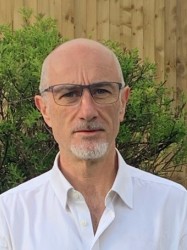BibTex format
@article{Noble:2017:10.1186/s13007-017-0201-7,
author = {Noble, E and Kumar, S and Gorlitz, F and Stain, C and Dunsby, CW and French, PMW},
doi = {10.1186/s13007-017-0201-7},
journal = {Plant Methods},
title = {In vivo label-free mapping of the effect of a photosystem II inhibiting herbicide in plants using chlorophyll fluorescence lifetime},
url = {http://dx.doi.org/10.1186/s13007-017-0201-7},
volume = {13},
year = {2017}
}

